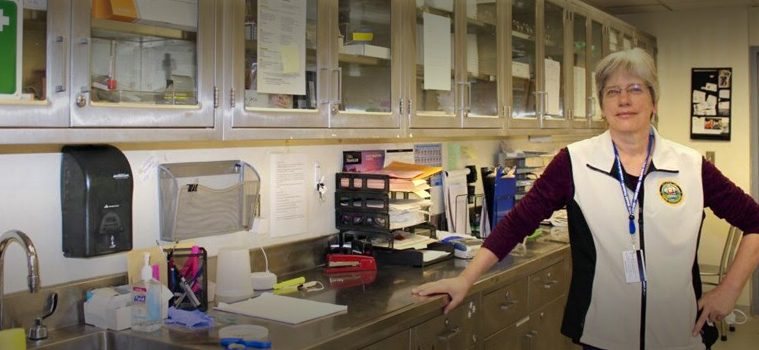GOOD NEWS, FINALLY –
March 21, 2022 – There is no question the state has made progress fighting the drug overdose epidemic. But evaluating that success – and deciding where to invest resources – requires looking at the details, not a single metric.
And the state has done that well, according to those who’ve been part of the effort. In Manchester and Nashua, for example, AMR, which provides medical transport in those cities, tracks where the opioid overdoses and deaths happen, such as home, hotel, or vehicle and whether they’ve seen the person before to better understand what’s needed.
“New Hampshire has been very purposeful in implementing evidence-based strategies around the opioid epidemic in a really comprehensive way, and not every state has done that,” said Amy Daniels, director of the New Hampshire Center for Excellence in Addressing Alcohol and Drug Misuse at JSI. “What the evidence shows is that it takes a lot of different strategies to get your arms around this problem, and that’s what New Hampshire is doing.” The state earned a ranking it didn’t want in 2015, when the Centers for Disease Control and Prevention put it second in the nation, behind only West Virginia, in drug overdose deaths. The next year, New Hampshire dropped, but just to third. By 2017, the state had hit its peak with 490 overdose deaths in a single year.
A focus on prevention, treatment, and recovery programs – and increased access to Narcan – had a near-immediate impact. In 2019, drug overdose deaths dropped to 415, and they’ve stayed there. (Chief Medical Examiner Dr. Jennie Duval said her office is still finalizing the 2021 numbers, but she expects a similar count.)
It’s possible the record-setting drug death numbers that put New Hampshire in the headlines has also contributed to its achievements, said Dr. Jonathan Ballard, chief medical officer at the Department of Health and Human Services.



